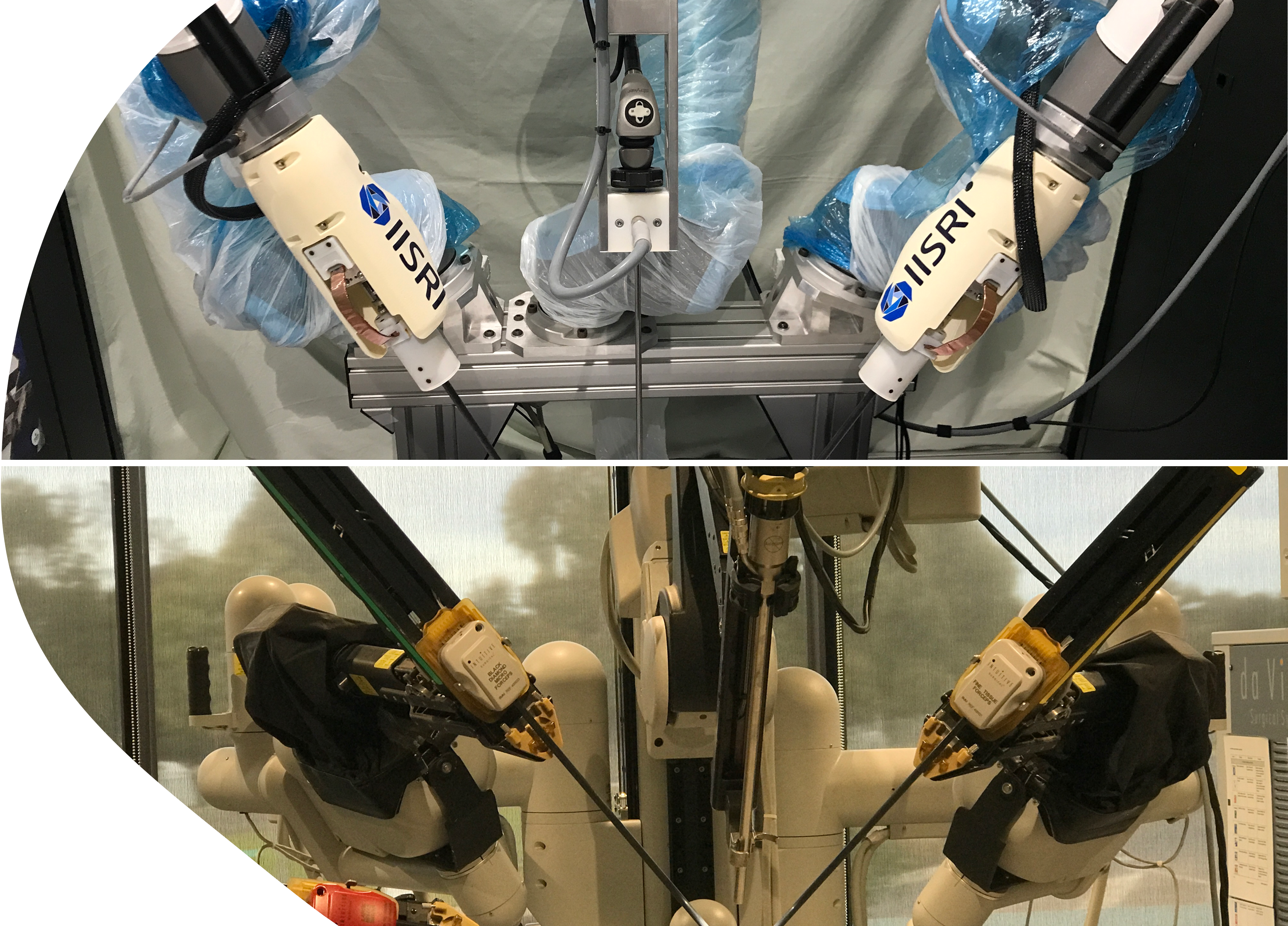About the Project
This project explores a novel framework for robotic surgical systems that enables the transfer of surgical skills across different robotic platforms. Leveraging multi-modal learning, our approach integrates endoscopic imagery and synchronized joint angle data to bridge the gap between platforms with limited sensor information. By combining self-supervised learning, domain adaptation, and foundation models, the framework paves the way for more generalizable and autonomous surgical robotics.

- Multi-Modal Representation: Fusion of visual and kinematic data for robust skill modeling.
- Cross-Platform Transfer: Domain adaptation techniques enable generalization across robotic systems.
- Self-Supervised Joint Estimation: Learning joint motion from video frames when direct data is unavailable.
- Real & Simulated Validation: Evaluated on both real surgical data and physics-based simulation environments.
This framework has strong implications for robotic surgery training, autonomous skill transfer, and cross-device compatibility. It reduces reliance on platform-specific data and accelerates the adoption of AI-driven robotic surgical assistants. The methodology also extends to other robotic domains, including teleoperation, rehabilitation, and industrial manipulation.
“Our goal is to enable robotic systems to learn once and adapt everywhere, ensuring skill transfer between different surgical platforms seamlessly.”